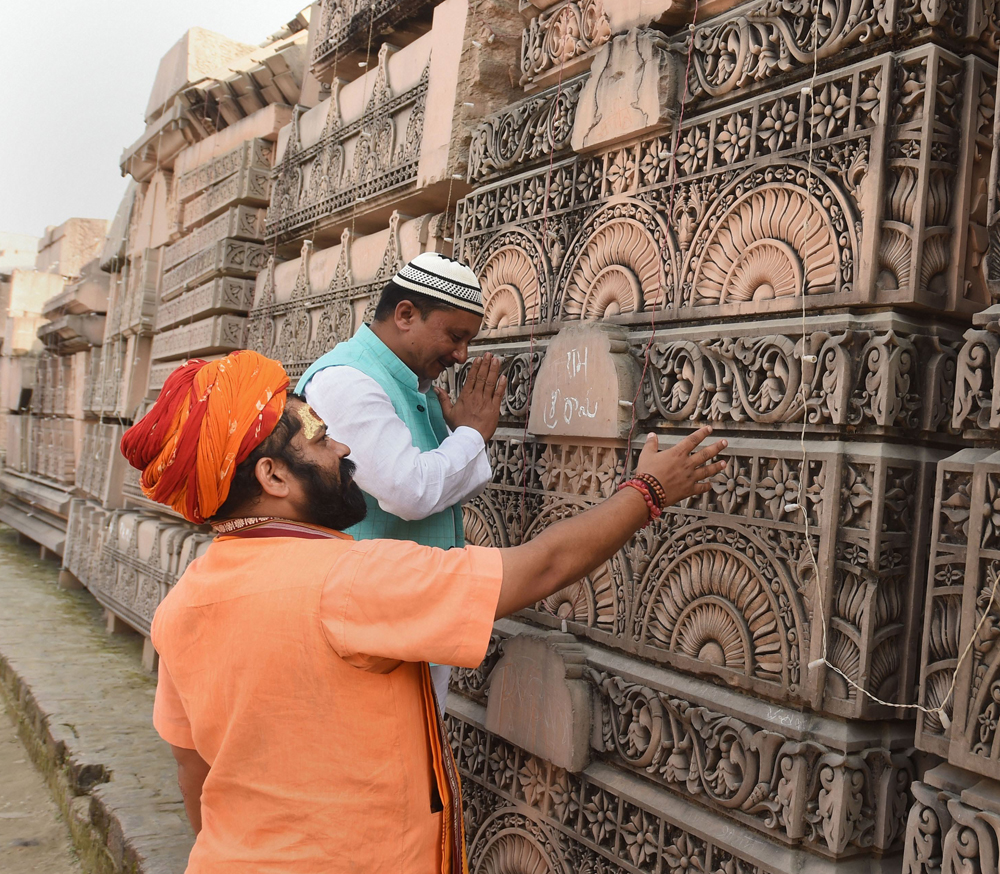Trust is elusive. It has been so damaged that an intervention application has been filed in the Supreme Court with regard to a petition that has not even been listed for hearing. An organization of priests from the majority community, the Vishwa Bhadra Pujari Purohit Mahasangh, has petitioned against Section 4 of the Places of Worship (Special Provisions) Act, 1991 that prohibits any change in the religious character of a place of worship after August 15, 1947. The petition claims that this prevents the majority community from ‘reclaiming’ shrines that have been seized by other religions, and is thus unfair to Hindus. It favours other religions, presumably Islam, with regard to repossession of places of worship. It is the constitutionality of the law that is being questioned, because it seems to support, by hindsight, the destruction of Hindu shrines by foreign invaders. Thus the petition assumes, first, a supreme knowingness regarding history — the Archaeological Survey of India’s conclusion that there was once a temple beneath Babri Masjid was questioned by other experts who observed the evidence — and second, a right to occupy places of worship used by other faiths. Whatever the technicalities of the law, the thrust of the petition is clear enough.
In the intervention application, the Jamiat Ulama-i-Hind has expressed fears that the petition poses a threat to the secular fabric of the country. The application refers to the Ayodhya dispute, suggesting that its memory would lead the Muslim community to fear for their places of worship even if just a notice is issued in this regard. The verdict on the Ayodhya land dispute obviously forms the immediate context for the Mahasangh’s petition; progress from there would mean starting the process to claim sites in Kashi and Mathura that have been in the sights of the Hindutva brigade for a while. Why go to the trouble of petitioning the court? The demolition of Babri Masjid must have provided confidence. The 1991 law reportedly made an exception of the Babri Masjid, because the suits regarding it dated from 1949. Other sites, therefore, would have to be freed from the bind of the law. Babri Masjid may be a precedent, but it is also an exception in every way. Those who destroyed the structure have still not been punished.











